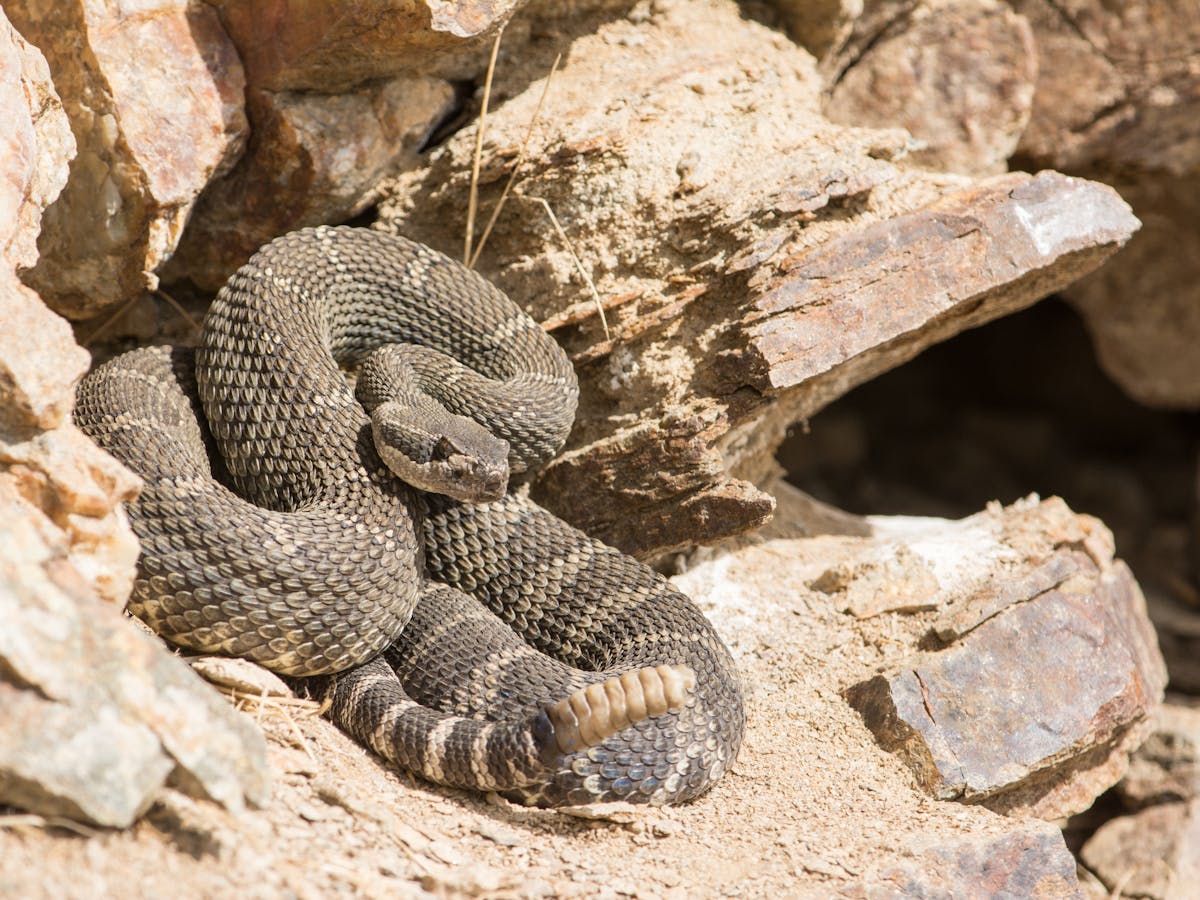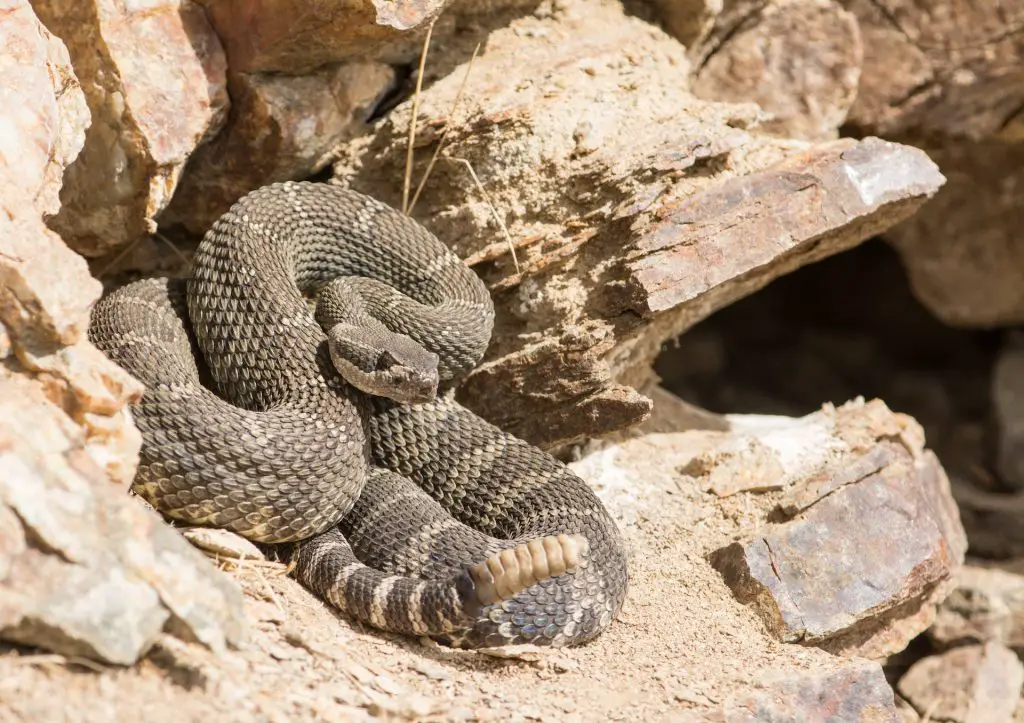Rattlesnakes have long been a topic of fascination and fear. Found throughout the Americas, they have played a significant role in the cultures of many societies. From ancient mythology to modern media, the image of the rattlesnake has been used to symbolize everything from danger to healing.
Despite their notoriety, rattlesnakes are viewed differently in various cultures. Some societies revere them as sacred creatures, while others see them as a threat to be eradicated. This diversity in perception makes for a fascinating study of how cultural beliefs and values shape our attitudes towards the natural world. Join us as we explore the multifaceted role of rattlesnakes in culture and society.
Rattlesnakes are revered in some cultures and feared in others. In Native American folklore, rattlesnakes are seen as powerful symbols of life and death, while in many Western societies, they are viewed as dangerous pests. In Mexican culture, rattlesnake meat is considered a delicacy, while in some Asian cultures, rattlesnake venom is used for medicinal purposes. Overall, the perception of rattlesnakes varies greatly across different societies and is deeply rooted in cultural beliefs and traditions.

Rattlesnakes in Culture: How These Snakes Are Viewed in Different Societies
The Western View of Rattlesnakes
Rattlesnakes have long been synonymous with the Wild West. The image of a cowboy battling a rattlesnake is a common one in movies, books, and other forms of media. This is because rattlesnakes are native to the Western United States, and have been a part of the culture there for centuries.
In the Western view, rattlesnakes are often seen as dangerous and aggressive creatures. They are known for their venomous bite, which can be deadly to humans and animals alike. As such, many people in the West view rattlesnakes as a threat that needs to be eliminated.
However, there are also those who view rattlesnakes in a more positive light. For some, these snakes represent resilience and strength. They are known for their ability to survive in harsh environments, and their distinctive rattle is seen as a warning to potential predators.
The Eastern View of Rattlesnakes
In contrast to the Western view, rattlesnakes are viewed very differently in the Eastern United States. Here, they are often seen as a symbol of wisdom and healing. This is because rattlesnakes were traditionally used in Native American medicine, and their venom was believed to have healing properties.
In addition to their medicinal uses, rattlesnakes were also seen as powerful spiritual symbols. They were thought to represent transformation and rebirth, and were often used in Native American rituals and ceremonies.
Rattlesnakes in Mexican Culture
In Mexican culture, rattlesnakes are viewed in a variety of different ways. On one hand, they are often seen as a symbol of danger and death. This is because rattlesnakes are one of the most venomous snakes in Mexico, and their bite can be deadly.
However, there are also those who view rattlesnakes in a more positive light. For some, these snakes represent strength and power. They are known for their ability to strike quickly and accurately, and their distinctive rattle is seen as a warning to potential threats.
Rattlesnakes in Chinese Culture
In Chinese culture, rattlesnakes are viewed as a symbol of good luck and prosperity. This is because the Chinese word for snake, “she,” sounds similar to the word for wealth, “shéng.” As such, rattlesnakes are often seen as a symbol of financial success and good fortune.
In addition to their association with wealth, rattlesnakes are also viewed as a symbol of wisdom in Chinese culture. They are known for their ability to shed their skin and renew themselves, which is seen as a metaphor for personal growth and transformation.
Rattlesnakes in Native American Culture
Rattlesnakes have played an important role in Native American culture for centuries. They were often used in religious ceremonies, and their venom was believed to have powerful healing properties. In addition to their medicinal uses, rattlesnakes were also seen as a symbol of strength and resilience.
Many Native American tribes also saw rattlesnakes as a powerful spiritual symbol. They were thought to represent transformation and renewal, and were often used in rituals and ceremonies to mark important life events.
Rattlesnakes in African Culture
In African culture, rattlesnakes are often seen as a symbol of power and strength. They are known for their ability to survive in harsh environments, and their venom is seen as a potent weapon.
However, there are also those who view rattlesnakes as a symbol of danger and death. In some African cultures, rattlesnakes are seen as a malevolent force that must be avoided at all costs.
Benefits of Rattlesnakes
Despite their reputation as dangerous creatures, rattlesnakes actually play an important role in many ecosystems. They are apex predators, and help to control populations of rodents and other small animals.
In addition to their ecological benefits, rattlesnakes also have important medicinal properties. Their venom has been used to develop life-saving drugs, including treatments for heart attacks and strokes.
Rattlesnakes vs Other Venomous Snakes
While rattlesnakes are certainly one of the most well-known venomous snakes, they are not the only ones that humans need to be aware of. Other venomous snakes, such as cobras and vipers, can also be deadly.
However, rattlesnakes are unique in their ability to warn potential predators of their presence. Their distinctive rattle is a powerful warning sign, and gives humans and animals alike the chance to avoid a potentially dangerous encounter.
The Future of Rattlesnakes
As with many other species, rattlesnakes are facing a number of threats in the modern world. Habitat loss, climate change, and human encroachment are all putting pressure on rattlesnake populations around the world.
However, there are also many efforts underway to protect and conserve these important animals. From habitat restoration to education and outreach programs, there are many ways that we can work to ensure that rattlesnakes continue to thrive for generations to come.
Conclusion
Rattlesnakes have played an important role in many cultures around the world for centuries. Whether viewed as a symbol of strength and resilience or a dangerous predator, these snakes have captured the human imagination in a variety of different ways.
As we continue to learn more about these fascinating creatures, it is important to remember that they play an important role in many ecosystems, and that we must work to protect and conserve them for future generations.
Frequently Asked Questions
What do Rattlesnakes symbolize in Native American culture?
Rattlesnakes are a prominent symbol in Native American culture. In some tribes, they are seen as a symbol of fertility and the power of creation. In other tribes, they are viewed as a symbol of protection and good luck. However, in some tribes, they are considered a dangerous and malevolent force. In these cultures, rattlesnakes are often associated with death and destruction.
How are Rattlesnakes perceived in Western culture?
In Western culture, rattlesnakes are often viewed as a symbol of danger and fear. They are frequently portrayed as aggressive and venomous creatures that pose a significant threat to humans. This perception is largely due to the fact that rattlesnake bites can be deadly and that they are a common sight in many areas of the Western United States.
What is the significance of Rattlesnakes in Mexican culture?
In Mexican culture, rattlesnakes are a popular subject of folklore and mythology. They are often associated with the ancient Aztec deity Quetzalcoatl, who was believed to have transformed into a rattlesnake. Rattlesnakes are also seen as a symbol of the sun and are frequently used in traditional Mexican medicine.
How do Australians view Rattlesnakes?
Rattlesnakes are not native to Australia, so they do not hold the same cultural significance as they do in other parts of the world. However, Australians are generally aware of the danger posed by rattlesnakes and other venomous snakes. As a result, they are often viewed with fear and caution.
What is the role of Rattlesnakes in African culture?
Rattlesnakes are not native to Africa, so they do not hold a significant cultural role in the continent’s various cultures. However, there are many other species of venomous snakes in Africa that are viewed with fear and respect. In some African cultures, snakes are viewed as powerful symbols of fertility and renewal. In others, they are seen as a symbol of evil and malevolence.
In conclusion, the cultural significance of rattlesnakes transcends borders and time. From ancient legends in Native American tribes to modern-day Western films, these snakes have been portrayed in various ways. While there may be some negative connotations associated with rattlesnakes, they are also revered in many cultures for their role in the ecosystem and medicinal properties. It is fascinating to see how different societies view and interact with these creatures.
Moreover, understanding the cultural significance of rattlesnakes can also help with conservation efforts. By recognizing their importance in certain societies, we can work towards preserving their habitats and ensuring their survival. Additionally, education on the myths and folklore surrounding these snakes can help dispel any harmful misconceptions and promote respect for these creatures.
Overall, rattlesnakes play a significant role in cultural traditions and beliefs across the globe. It is important to appreciate and understand the different perspectives on these creatures and work towards their conservation. Whether feared or revered, rattlesnakes are an integral part of the natural world and should be celebrated for their unique place in our cultural heritage.


